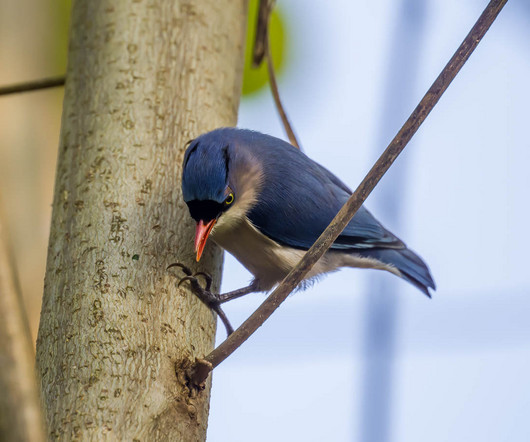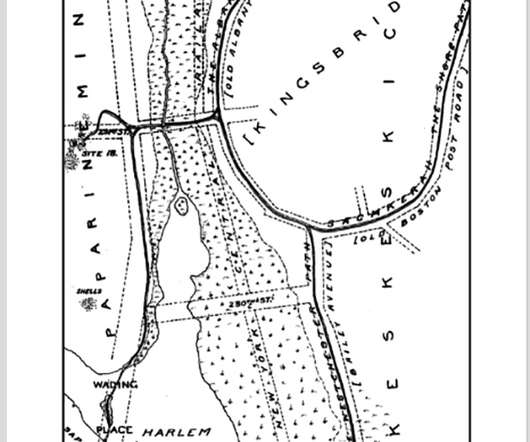Birding Ruili, Yunnan
10,000 Birds
APRIL 22, 2024
When I last visited the town almost 10 years ago, it had a Wild West feel, and Wikipedia claims that it is “an important location for trade with Myanmar, in both legal and illegal goods and services” but it seemed pretty tame to me this time. This photo explains the scientific species name haemacephalus (bloodheaded).












Let's personalize your content